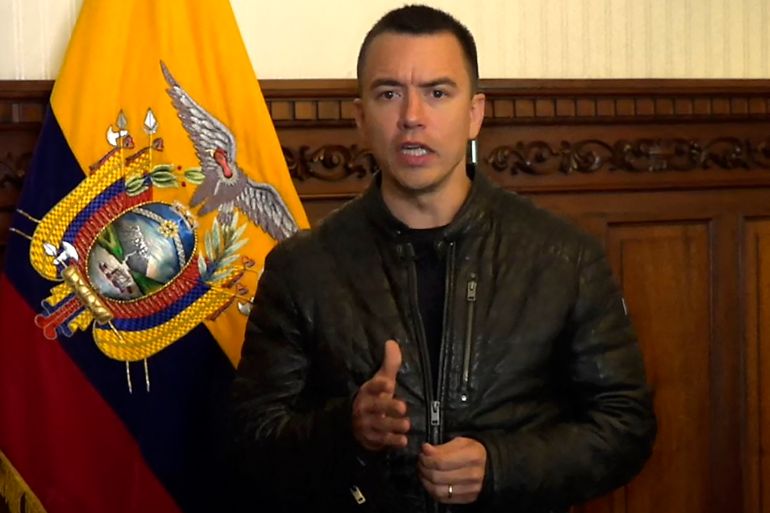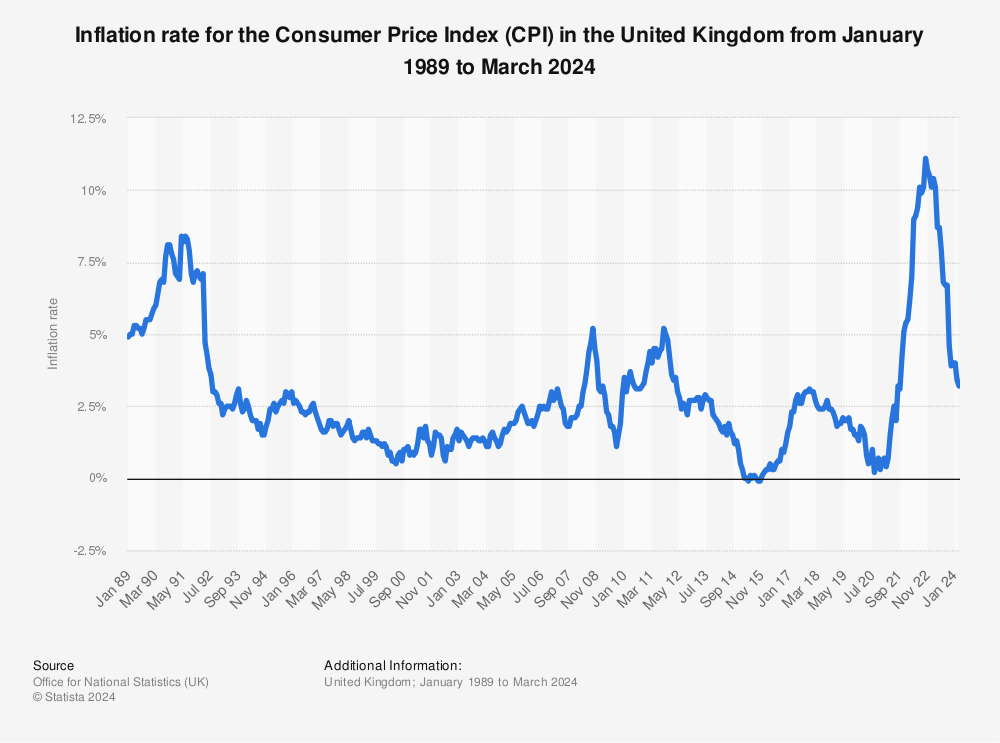Alright, let’s break down the crucial developments from yesterday and this morning. It’s a volatile world out there, folks, and staying informed is paramount – especially if you’re navigating these markets.

Photo source:www.ngssuper.com.au
First, the US-China talks in Geneva are underway. While the official line is ‘constructive,’ let’s be real: Beijing is actively de-risking from American products. This isn’t a sudden move; it’s a calculated strategy, as highlighted by Yuanyuantan’s reporting. China won’t compromise its principles for a deal, a firm stance reinforced by Xinhua’s commentary. Don’t expect a quick resolution here.
On the domestic front, we have a concerning case of academic misconduct at Chongqing University. Fourteen SCI papers? Seriously? This undermines the credibility of the entire system. And NVIDIA is bowing to pressure, prepping a modified H20 chip for the Chinese market in July. It’s a concession, plain and simple.
Xi Jinping returned from Russia after attending the Victory Day celebrations. His trip signals continued alignment with Moscow, a key factor in the global power dynamic. Meanwhile, China’s CPI fell 0.1% year-on-year in April, and the PPI dropped 2.7%. Deflationary pressures are building – pay attention!
Internationally, Lula’s visit to China is a big one. Expect trade deals and geopolitical maneuvering. South Korea’s political landscape is shifting with Lee Jae-myung registering to run for president and Kim Moon-soo regaining candidacy.
Now, the Ukraine conflict remains a focal point. Ukraine is offering a 30-day ceasefire, a potentially significant move. Putin’s proposal to restart talks in Turkey on May 15th adds another layer. But don’t hold your breath; the situation remains deeply fraught.
And let’s not forget the India-Pakistan conflict. Trump’s sudden claim of an immediate ceasefire sounds almost too good to be true. Explosions in Kashmir and mutual accusations of drone strikes immediately followed. India alleges Pakistan violated the ceasefire, and Pakistan denies it. A planned military dialogue on the 12th is a small sign of potential de-escalation, but skepticism is warranted.
Deeper Dive: Understanding the India-Pakistan Ceasefire Dynamics
This isn’t the first time a ceasefire has been declared between India and Pakistan. The region has a long history of conflict and broken agreements. The core issue is control of Kashmir, a region claimed by both nations.
These ceasefires are often politically motivated, aimed at easing tensions during specific events or as a gesture of goodwill. However, maintaining them is incredibly difficult.
The presence of non-state actors and cross-border infiltration contributes to instability. Accusations of supporting these groups frequently escalate tensions. Monitoring and verification of the ceasefire are crucial but often inadequate.
Ultimately, a lasting peace requires addressing the root causes of the conflict and fostering sustained dialogue. Unfortunately, that feels a long way off.






